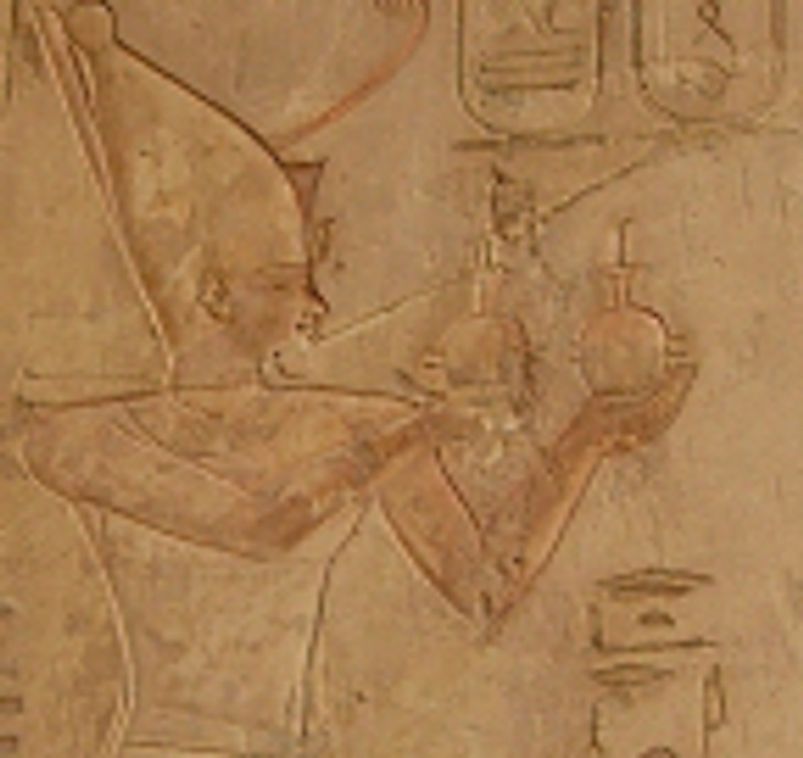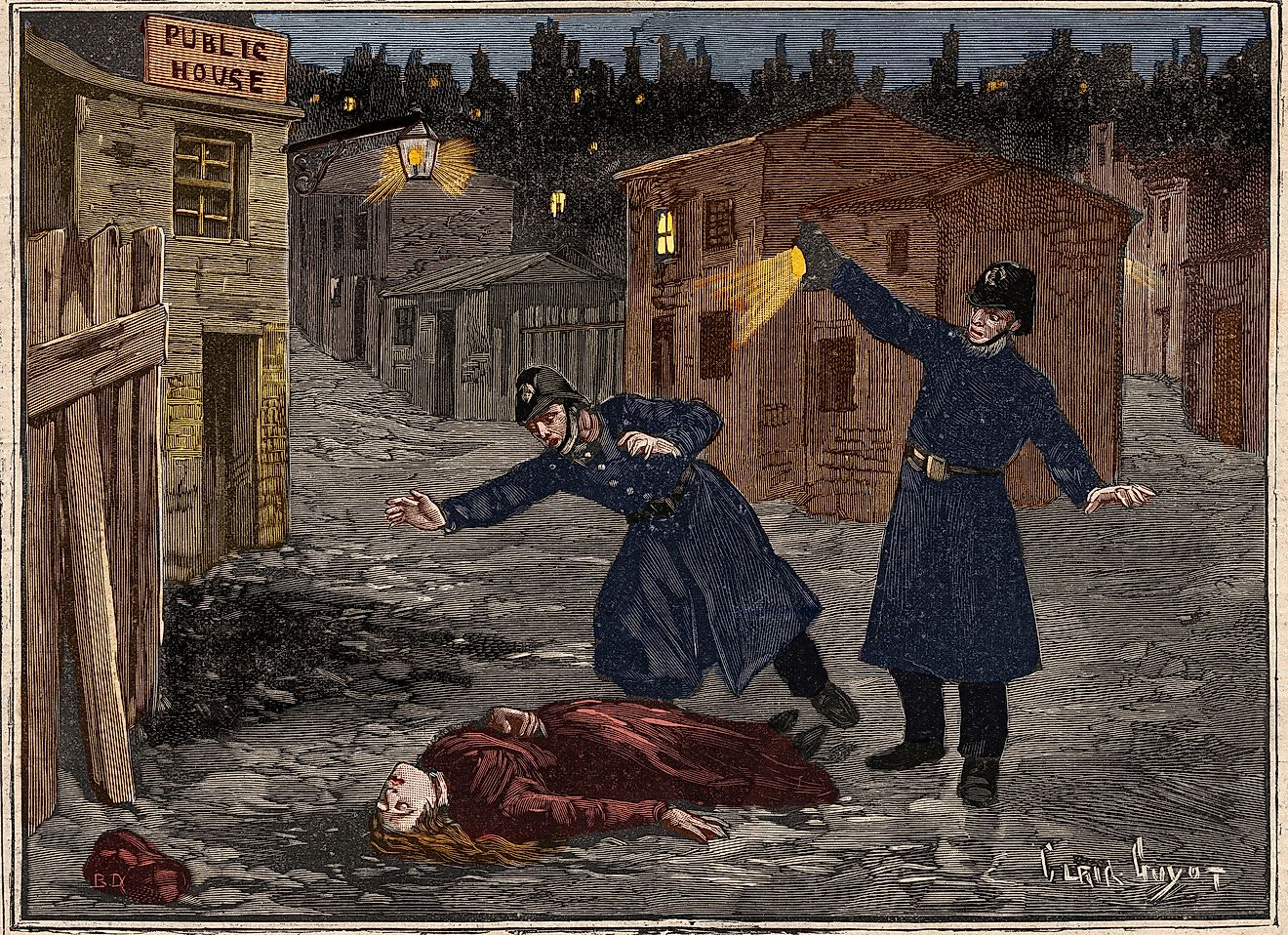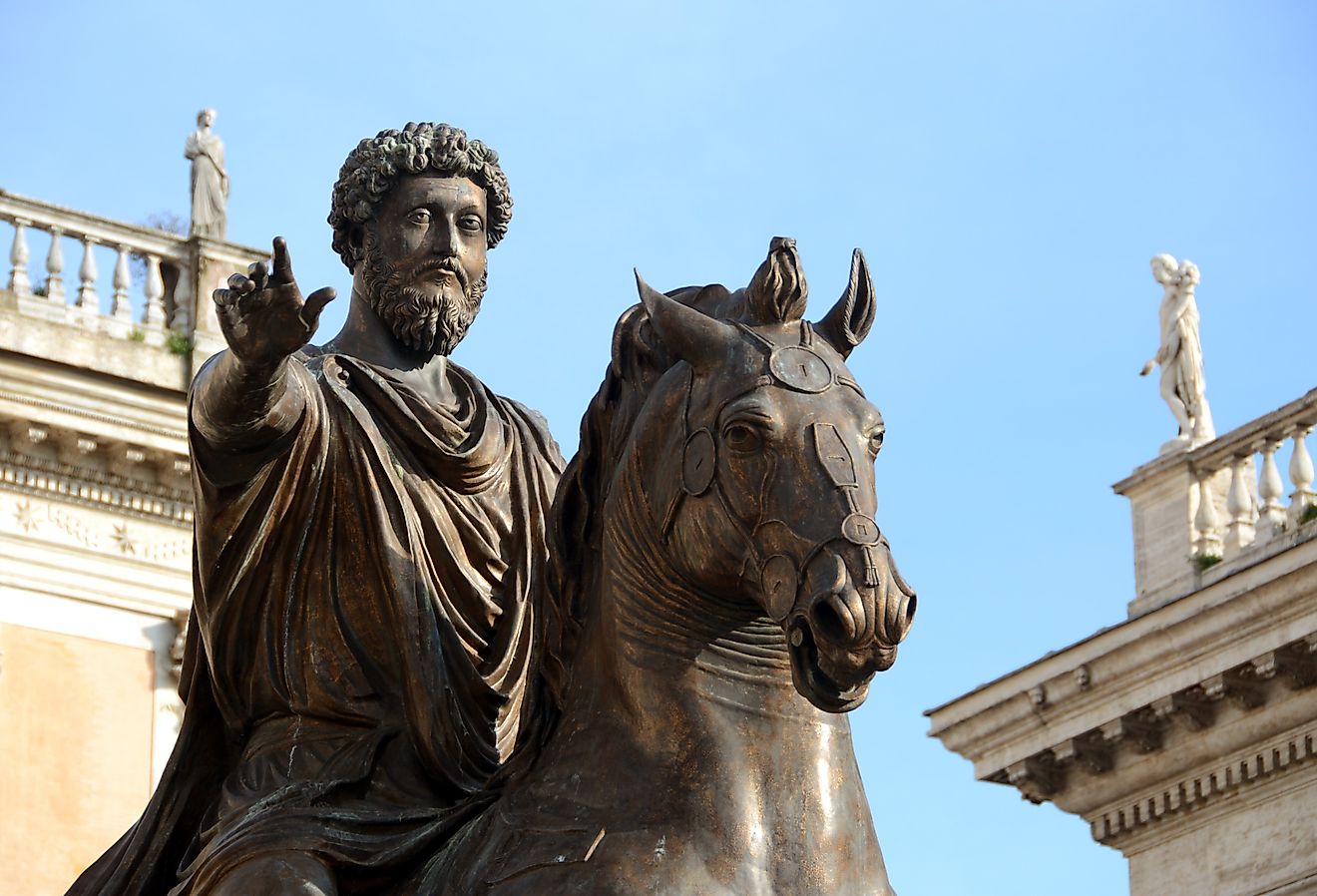The Late (Persian) Kingdom Period Of Ancient Egypt

5. Background and Initial Formation
The once and great ancient Egyptian Kingdoms were having some of their last throes of greatness from the 26th Dynasty through the 31st Dynasty. The period lasted from 653 BC to 332 BC. At this time, Egypt was ruled alternately by Egyptians, Libyans, and Persians. However, the introduction of foreign culture did not affect much in the way of Egypt's own, unique identity, though it continually evolved to confront these new cultures. However, as the period advanced and time passed, the Egyptian way of life diminished as they submitted to foreign potentates. There was no recouping the old Egyptian greatness, as Rome was rising in the horizon.
4. Rise To Power And Accomplishments
The Late Period began with the 26th Dynasty, first ruled by Pharaoh Psamtek I. This dynasty was marked by the expulsion of the Assyrians from Egypt. Psamtek I then established the Saite dynasty, which was ruled by seven more pharaohs after his rule, and he embarked on many building projects. Neko II had a grander scheme than any of these, however, as he intended to build a connecting canal between the Nile and the Red Sea. He also attacked the army of Judah led by Josiah. The 27th Dynasty was ruled by six Persian kings who culminated their conquering of Egypt in the Battle of Pelusium. This occupation lasted from 525 BC to 404 BC. Amyrtacus established the 28th Dynasty after staging a rebellion against the last Persian king, and he ruled from his capital at Sais from 404 BC to 398 BC.
3. Challenges and Controversies
The 29th Dynasty was ruled by three pharaohs who restored many old temples and monuments after the expulsion of the Persians. Pharaoh Hakor, with Greek assistance, fought off several Persian attempts to gain a new foothold on Egyptian soil. The 30th Dynasty was ruled by three pharaohs from 380 BC to 343 BC, with this period ending with the second Persian occupation. The Persians returned to Egypt and ruled from 343 BC to 332 BC. Three Persian kings ruled the 31st Dynasty, but its last king, Darius III, was defeated by Alexander the Great. Alexander built the city of Alexandria, and the Ptolemaic Period, ruled by 14 Hellenistic-inspired pharaohs, began after Alexander's demise.
2. Decline and Demise
Ptolemy I was Alexander's trusted commander. With the division of Alexander's massive empire among his generals, Ptolemy I chose Egypt for himself, and built the great library of Alexandria, at that time an architectural and academic marvel known across the Mediterranean, Persian, and even Indian world. The Ptolemaic Period brought some of the former glory back to Egypt, and its rulers were hailed by the Egyptians as their saviors against the Persians. Ptolemy I restored temples and monuments, and offered gifts to the gods and high priests. He also built the famous Lighthouse at Pharos. All of these accomplishments were honored by the people, but the Ptolemaic Empire's decline was already imminent, as Rome was also extending its campaigns of annexation that would spell doom for the rule of Cleopatra, a Ptolemaic female monarch and the last pharaoh of Egypt.
1. Historical Significance and Legacy
The Late and Persian Kingdom Periods of Ancient Egypt left a legacy of chaos and rebuilding after each fall to foreign invaders. Lasting from the 26th Dynasty to the Ptolemaic rule's ending, the Late Kingdom ultimately gave way to the Roman occupation and annexation of Egypt. The rest of the world has not been as favored with as much of a legacy of Egyptian culture and religion as has Israel, whose culture and religion has many parallels with this time in Egyptian history, including many of the same foreign powers influencing it. Although the world has been bestowed by Israelis from this time period the birth of Christianity and the compilation of the Old Testament and the New Testament of the Bible, the Egyptians themselves passed on to the world such secular gifts as numerous groundbreaking astronomical and mathematical ideas and concepts from this era.











